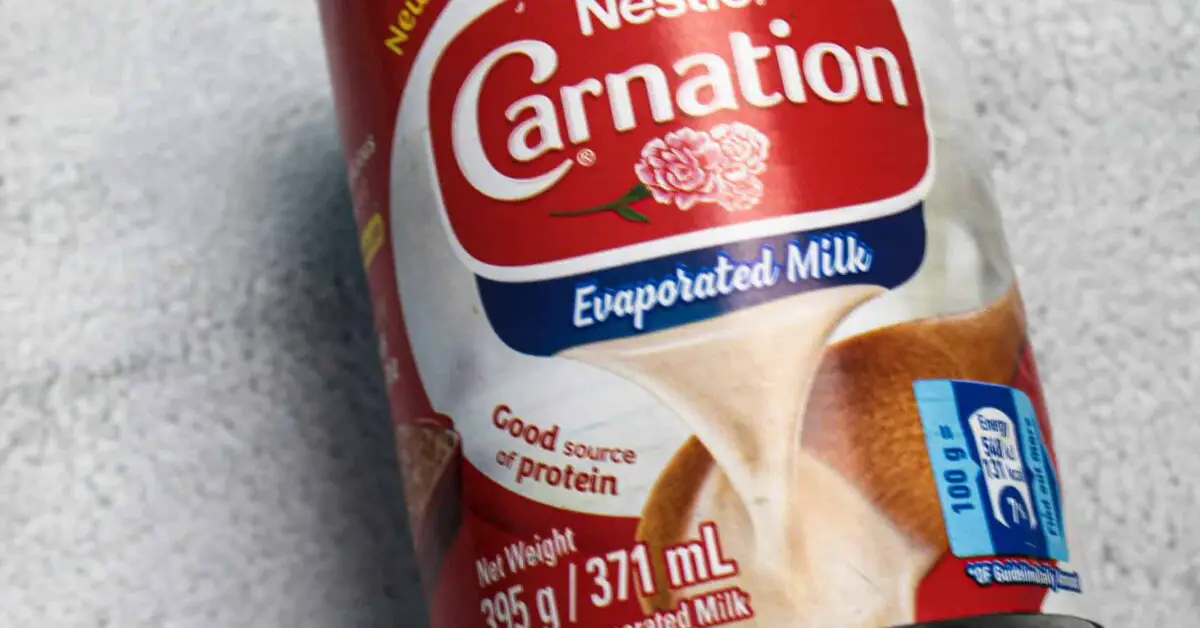
This post may contain affiliate links. Please read my disclosure for more information.
Are you looking for some easy ways to substitute for milk in coffee? This list of 15 easy milk substitutes for your coffee is exactly what you need!
In the world of coffee aficionados, the perfect cup is a personal journey. Whether you’re exploring dairy-free options or looking to elevate your coffee game, finding the right milk substitute can make all the difference. Today, we’ll unveil the 15 best ways to substitute for milk in your morning brew. From almond’s nutty charm to coconut’s tropical allure, these alternatives will transform your daily cup into a delightful experience.
Here’s a list of the best milk substitutes for coffee lovers
- Almond Milk
- Oat Milk
- Soy Milk
- Coconut Milk
- Cashew Milk
- Macadamia Milk
- Hazelnut Milk
- Walnut Milk
- Pistachio Milk
- Heavy cream
- Half and half
- Evaporated milk
- Light cream
- Sweetened condensed milk
- Yogurt
The best substitutes for milk coffee
Almond Milk
Almond milk’s delicate nuttiness and creamy texture make it a coffee shop staple. It blends seamlessly with any coffee style, from a robust Americano to a frothy cappuccino. Use 1 cup almond milk as a substitute for 1 cup milk in your coffee recipe.
Oat Milk
Oat milk’s natural sweetness and velvety consistency elevate your coffee’s flavor profile. It’s particularly prized for creating Instagram-worthy latte art. You can use 1 cup of oat milk as a substitute for 1 cup of milk in your coffee.
Soy Milk
Soy milk’s neutral taste and versatility make it a classic choice for coffee. Look for fortified varieties for added nutrients. If the recipe calls for 1 cup of milk, use 1 cup of soy milk as a substitute.
Related: Handy substitutes for milk in cakes
Coconut Milk
Coconut milk rich, creamy texture and sweet undertones are perfect for enhancing the taste of a coffee recipe. A 1:1 substitute is great here.
Cashew Milk
Cashew milk’s silkiness and mild nutty notes blend seamlessly into coffee, imparting a luxurious mouthfeel. If you’re out of milk, or looking to change up your regular morning brew, you can replace 1 cup of milk with 1 cup of cashew milk.
Macadamia Milk
Embrace the decadence of macadamia milk. Its buttery richness and nutty flavor create a coffee experience like no other. A 1:1 substitute works here too.
Hazelnut Milk
Hazelnut milk has a deliciously nutty flavor with a subtle sweetness. It captures the essence of roasted hazelnuts, which adds a warm and slightly earthy note to the milk. This natural nuttiness makes hazelnut milk a popular choice as a coffee creamer and adds a unique flavor profile to your coffee beverages. Use 1 cup of hazelnut milk as a substitute for 1 cup of regular milk.
Walnut Milk
Walnut milk introduces a robust nutty flavor to your coffee, adding depth and character to each sip. Use 1 cup of walnut milk to substitute for 1 cup of milk in a coffee recipe.
Related: How to quickly substitute milk in smoothies
Pistachio Milk
Pistachio milk’s distinctive taste and creamy texture make it a delightful addition to coffee, especially if you’re looking for unique flavors in your coffee. Use a 1:1 substitute here as well.
Heavy cream
Heavy cream is a popular choice for coffee lovers who enjoy a rich and creamy texture in their brew. It adds a luxurious and indulgent quality to coffee due to its high fat content. Many people find that heavy cream works well in black coffee, espresso, or as a complement to bold, dark roasts.
If using as is, I’d substitute 1 cup of milk with ¼ cup of heavy cream.
However, if you want a more milk-like experience, you can substitute 1 cup whole milk with a mixture of ½ cup heavy cream and ½ cup water.
Half and half
Half and half is a common coffee creamer that works well as a substitute for milk in coffee. Half and half adds a rich and creamy texture to coffee, making it a popular choice for those who prefer a richer and more indulgent coffee drinks.
It’s often used in coffee shops and households as a creamer, and it blends well with both hot and iced coffee.
It is important to note that half and half is higher in fat and calories compared to regular milk, so if you’re watching your calorie intake, you may want to use it in moderation.
Evaporated milk
Evaporated milk is a concentrated form of milk with a creamy texture and slightly caramelized flavor. It can be used as an excellent coffee creamer, that adds a rich and creamy quality to your coffee.
Many people enjoy the unique taste that evaporated milk brings to their coffee, as it has a distinct sweetness and depth of flavor. However, it’s essential to use evaporated milk sparingly, as it is more calorie-dense than regular milk, and its concentrated nature means that a little goes a long way in your coffee.
Sweetened condensed milk
Sweetened condensed milk is a thick, sweet, and creamy dairy product that can add a rich and indulgent sweetness to your coffee. It’s a popular choice in some cultures for making specialty coffee drinks like Vietnamese coffee.
Less is more with this milk alternative. And, you’ll have to drastically reduce the amount of sugar in your coffee or cut it out completely.
Light cream
Light cream, also known as coffee cream or table cream, is a dairy product that contains a higher fat content than milk but less fat than heavy cream. It has a creamy texture and adds richness to coffee, making it a popular choice as a coffee creamer. Many people prefer light cream in their coffee because it provides a balance between the creaminess of heavy cream and the lower fat content of milk. It blends well with both hot and iced coffee and can enhance the flavor and mouthfeel of your brew.
Yogurt
Although it’s not a common practice, adding yogurt to coffee can provide creaminess and a tangy flavor, somewhat similar to using milk or creamer.
It’s important to note that the tangy taste of yogurt can significantly alter the flavor of your coffee, so it’s best to experiment with small amounts and adjust to your liking.
Additionally, yogurt may not blend as smoothly as traditional creamers or milk, so you may want to use a blender to achieve a consistent texture.
Related: Learn 23 ways to make craft mac and cheese without milk.
FAQS



